- Latest IDSA clinical practice guideline for management of candidiasis
- Latest ACR expert panel on urologic imaging of recurrent lower urinary tract infections in women
Latest Updates

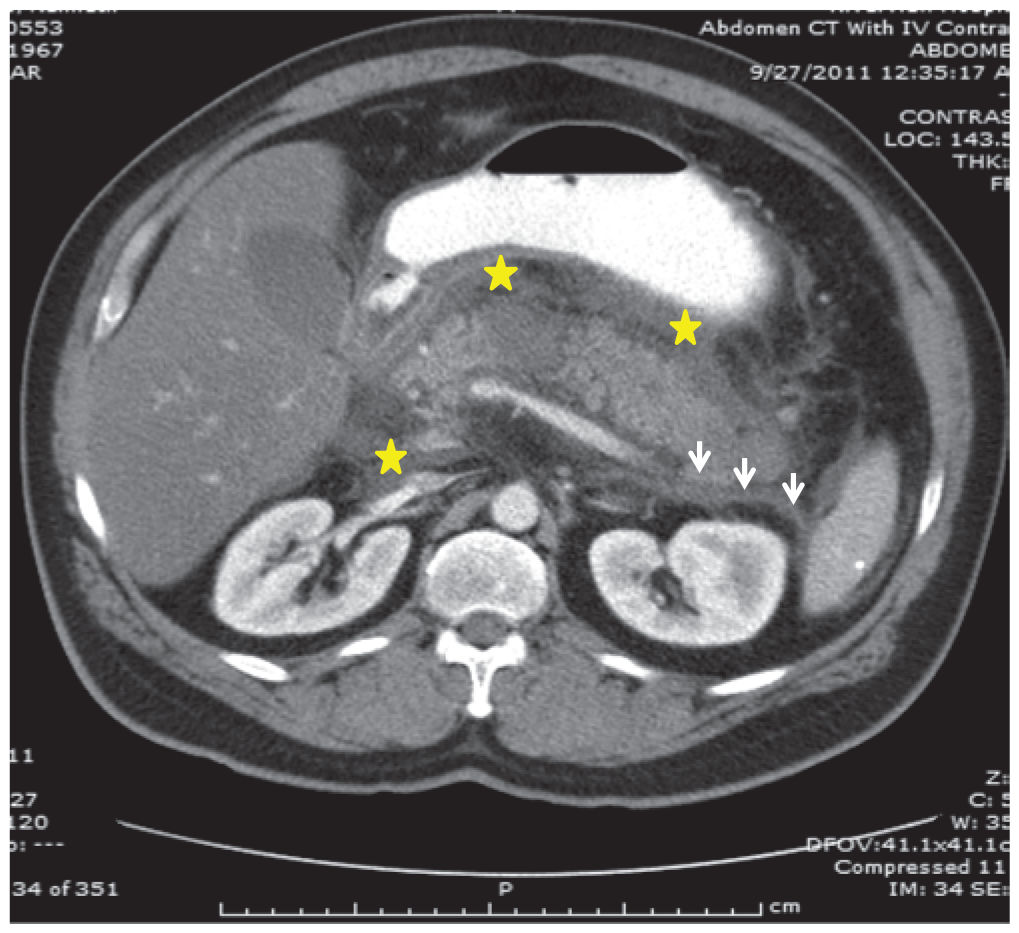
Unstable Angina and Non-ST Segment Elevation Acute Coronary Syndrome
- Beta blockers remain underused in clinical practice despite demonstrated efficacy in acute myocardial infarction (AMI). They have been shown to reduce myocardial oxygen demand and infarction size, and alleviate AMI-related pain. They also reduce the likelihood of developing mechanical and arrhythmogenic complications of AMI. They can be dosed in a wide range, and should be started at the lower end of the dosing range and titrated upward. The only relative contraindications to treatment with beta blockers are mild to moderate heart failure, obstructive airway disease (in the absence of asthma), peripheral vascular disease, diabetes mellitus and a history of cardiomyopathy.
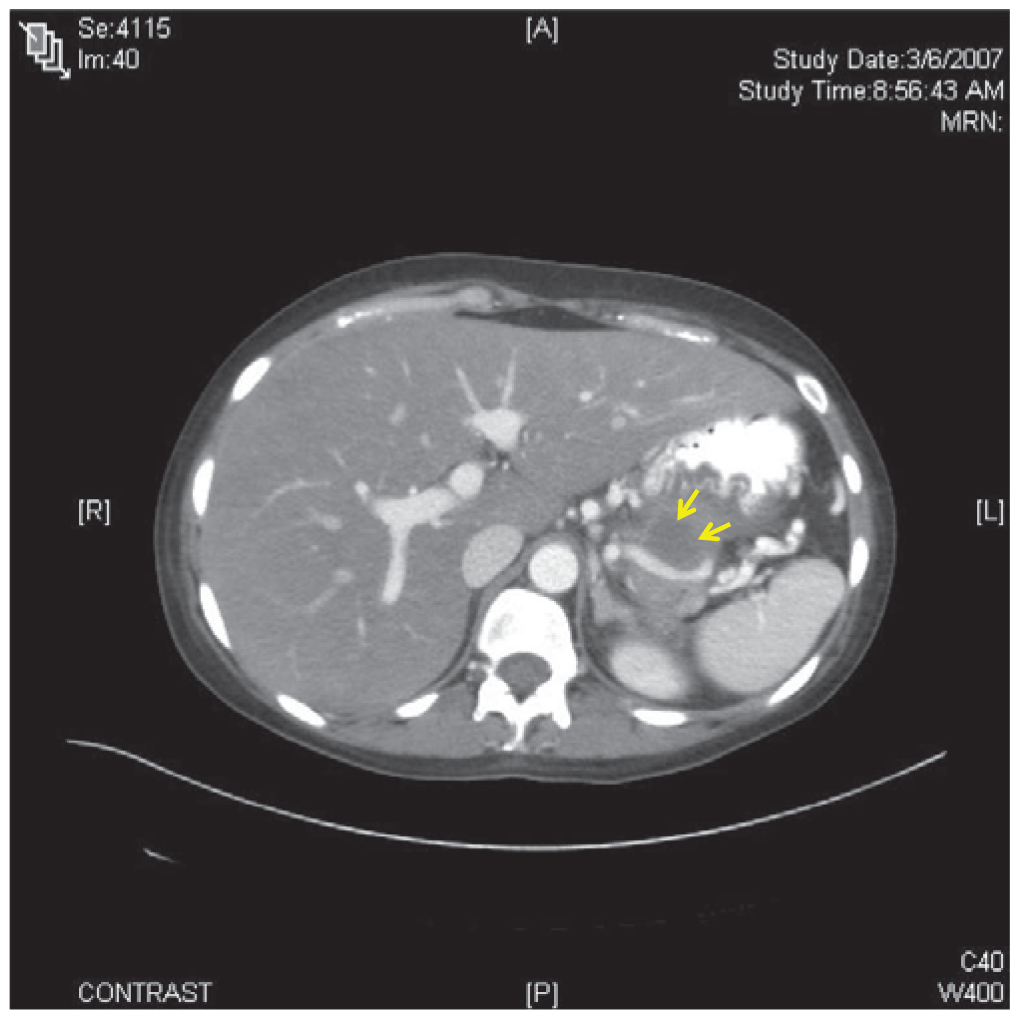
- The chief presenting complaint in acute pancreatitis is abdominal pain. The differential diagnosis for pancreatitis is broad, and includes abdominal, pulmonary, urologic and cardiovascular pathologies.
- Recent guidelines state that the diagnosis of acute pancreatitis should be established by meeting two of the following clinical, laboratory, or imaging criteria: abdominal pain and examination consistent with the disease, a serum amylase and/or lipase three times the upper limit of normal, and/or computed tomography, magnetic resonance imaging, or ultrasonography findings consistent with the disease.
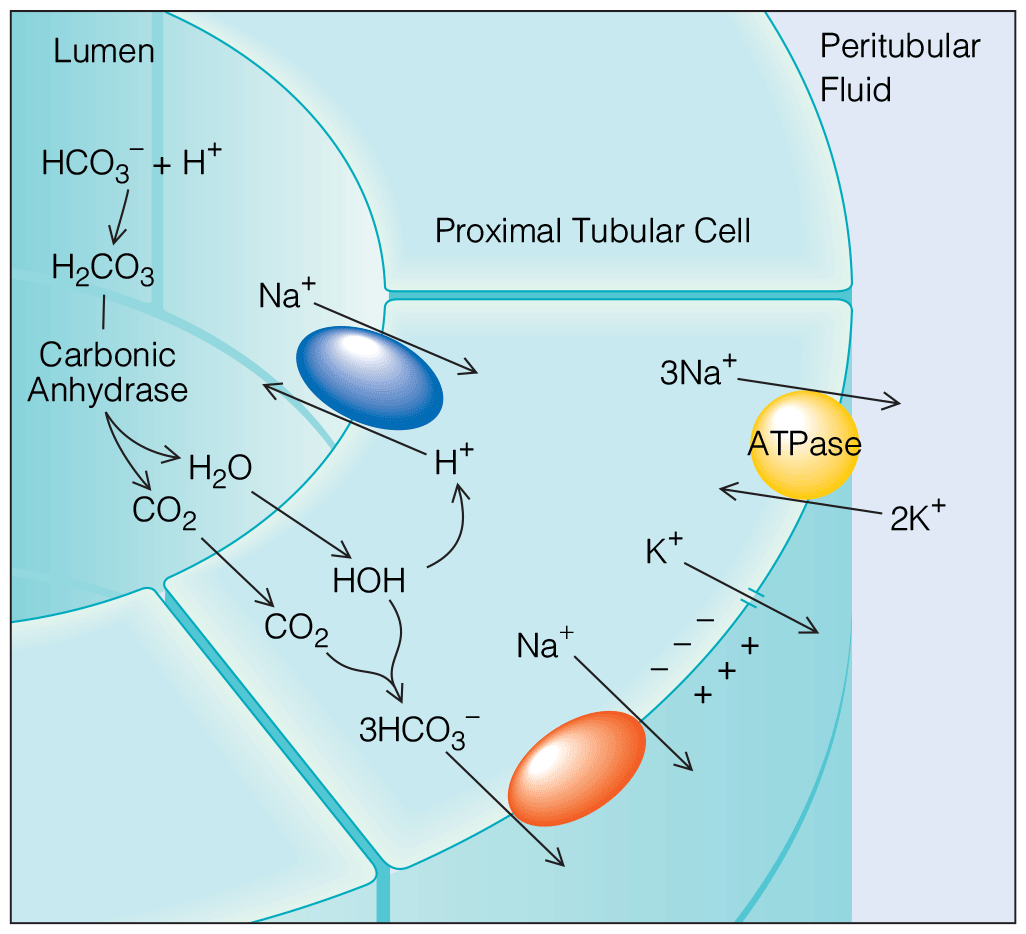
Disorders of Acid-Base and Potassium Balance
- Latest evidence-based management of potassium disorders.
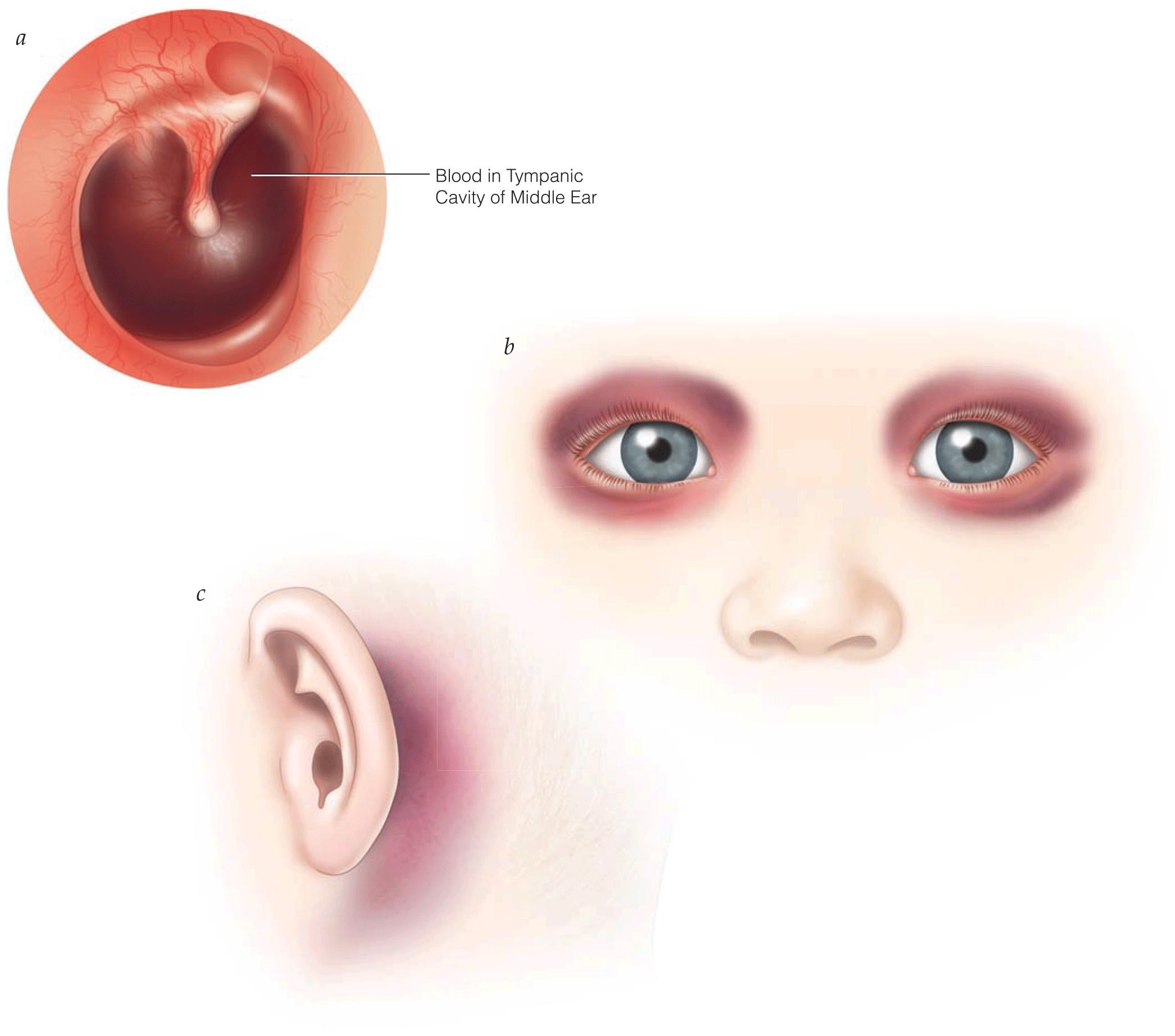
Shock: Pathophysiology and Management
- The importance of prompt administration of intravenous fluids and vasoactive medications (norepinephrine or dopamine as the first choice) and the limitations of protocol-based therapy, as guided by recent evidence, should be emphasized.
- There is significant controversy surrounding Early Goal-Directed Therapy (EGDT) in the management of severe sepsis and septic shock. Recently, a few, large, multicenter randomized trials, including ProCESS (Protocolized Care for Early Septic Shock), ARISE (Australasian Resuscitation in Sepsis Evaluation), and ProMISe (Protocolised Management In Sepsis) failed to provide similar conclusive supporting evidences.
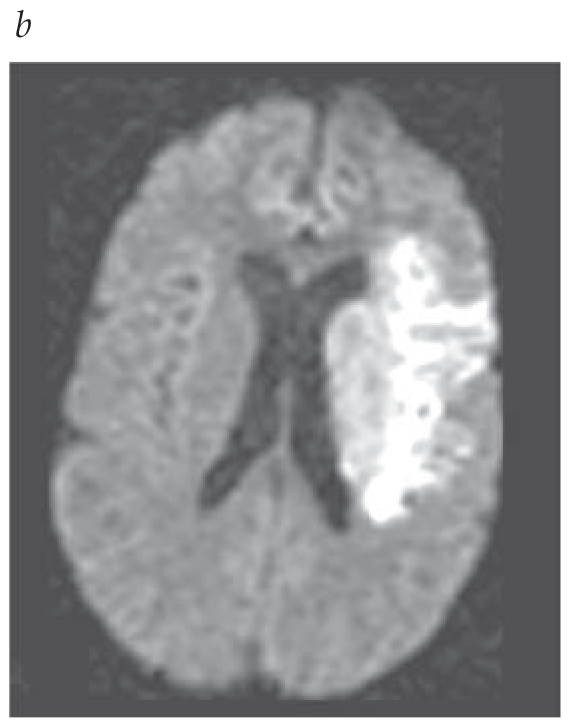
Acute Ischemic Stroke and Transient Ischemic Attack
- Endovascular treatment of acute ischemic stroke (AIS) enables access to occluded intracranial vessels for local administration of thrombolytics, mechanical embolectomy, and/or angioplasty. There are currently four mechanical devices cleared by the Food and Drug Administration (FDA) for recanalization of arterial occlusion in patients with AIS; however, despite being cleared by the FDA, none of these devices have an FDA clinical indication due to the need for randomized comparison with medical therapy devices. Endovascular interventions are extremely time dependent, and reduced time from symptom onset to reperfusion is highly correlated with better clinical outcomes.
- CTA with CT perfusion or MRA with diffusion-weighted MRI with or without MR perfusion is recommended for certain patients (2019 AHA/ASA recommendation on head imaging).
- 2019 AHA/ASA updates on IV alteplase indications and management in acute ischemic stroke patients.
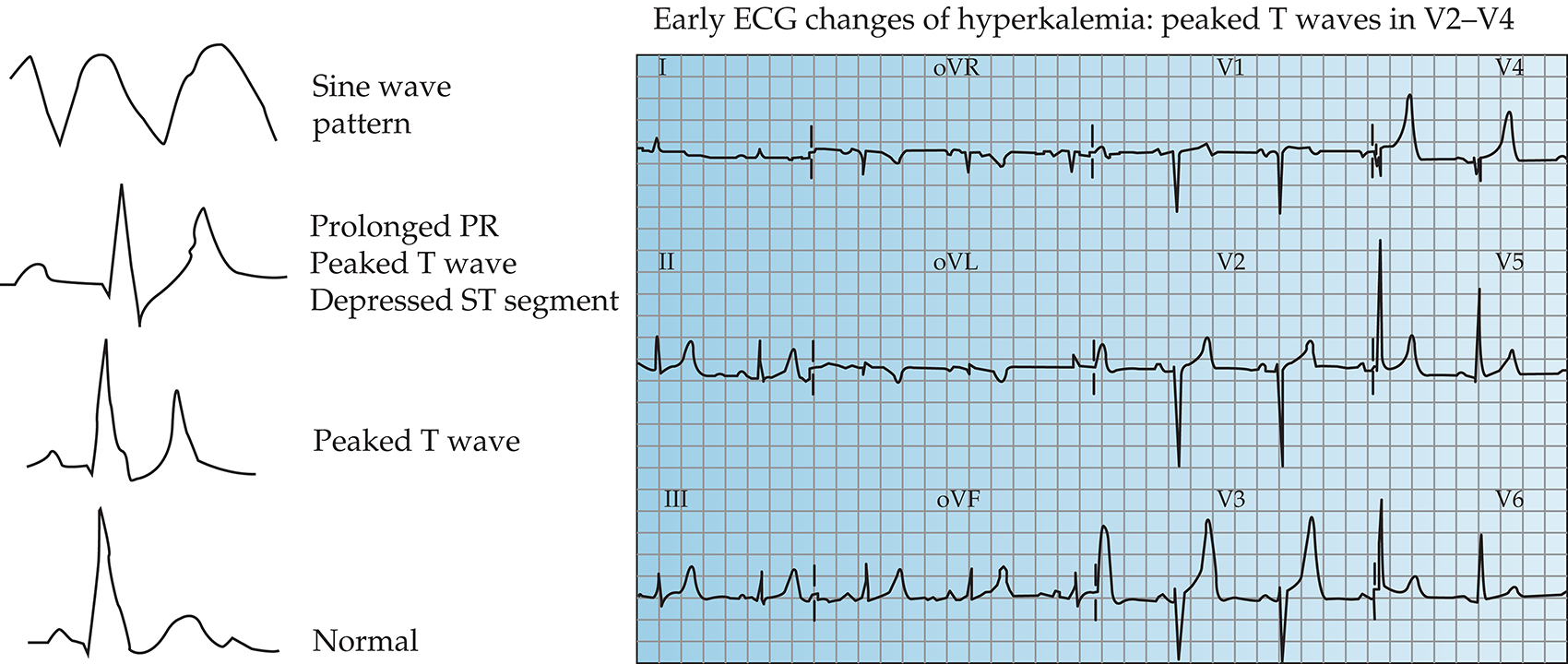
Panic Attacks and Anxiety Disorders
- A patient with posttraumatic stress disorder (PTSD) is more likely to initially present for treatment in a medical, rather than mental health, setting; however, primary care physicians recognize symptoms of PTSD in these patients only approximately 50% of the time, and often do not make the diagnosis. Patients presenting to the emergency department for physical trauma are at risk, as are combat veterans and victims of rape or domestic violence. In addition, patients undergoing frightening, painful or life-threatening medical illnesses or procedures may develop PTSD. The provision of support and information about PTSD to patients in the emergency department may enable early recognition of the symptoms and may prevent the development of full-blown PTSD.
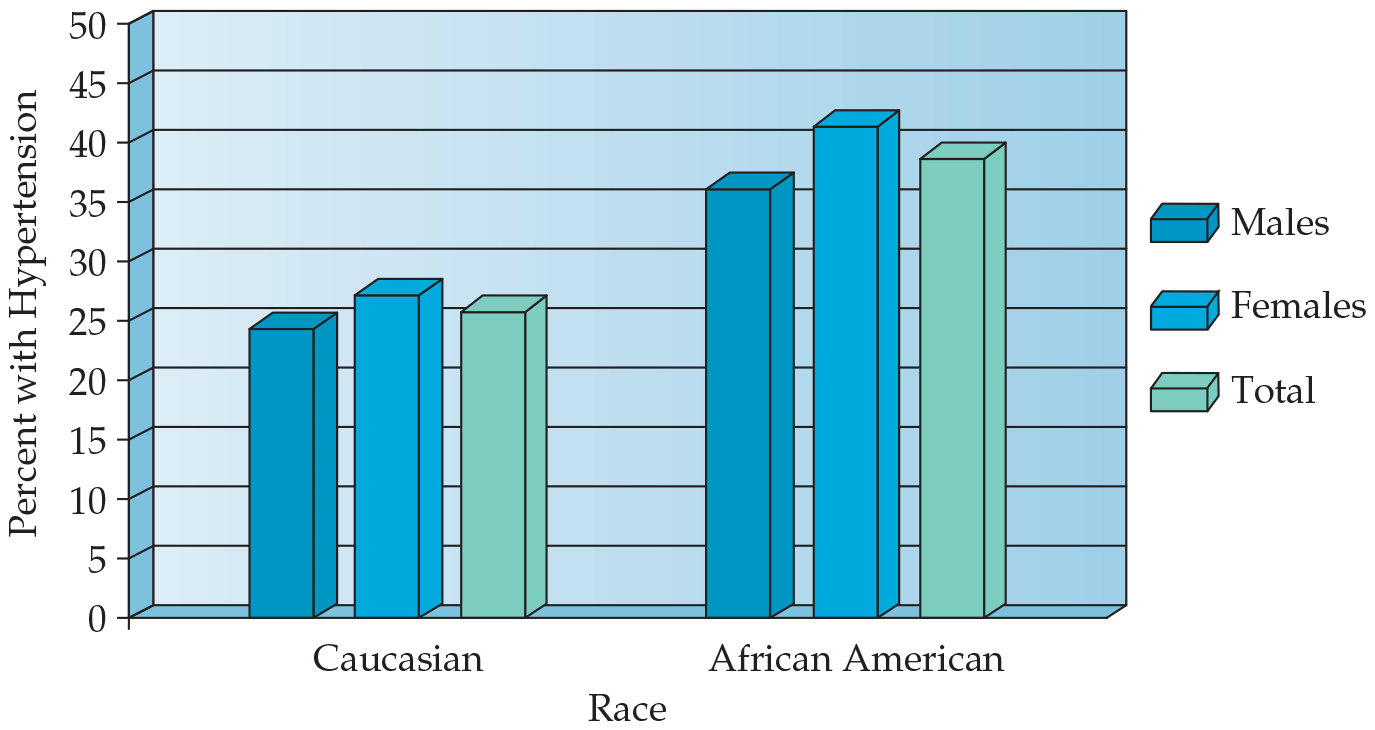
- New definitions of hypertension have been established. Normal blood pressure is SBP < 120 mm Hg and DBP < 80 mm Hg. Elevated blood pressure is defined as SBP 120-129 mm Hg and DBP < 80 mm Hg. Stage 1 hypertension is defined as SBP 130-139 mm Hg or DBP 80-89 mm Hg, and stage 2 hypertension is defined as SBP ≥ 140 mm Hg or DBP ≥ 90 mm Hg.
- The ATACH-2 trial showed that intensive blood pressure lowering in patients with intracranial hemorrhage leads to increased adverse events without substantial benefit.
- ENCHANTED study did not show benefit in intensive blood pressure reduction in patients with acute ischemic stroke who have received intravenous thrombolysis.


.png)







